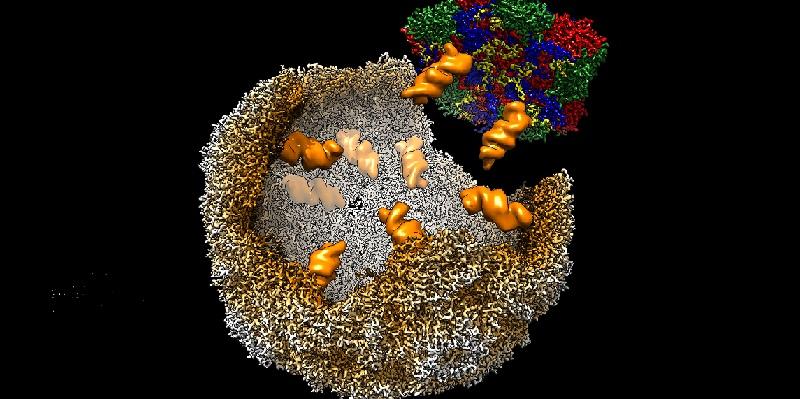Unravelling the process that makes viruses infectious

Researchers have for the first time identified the way viruses like the poliovirus and the common cold virus ‘package up’ their genetic code, allowing them to infect cells.
Once a cell is infected, a virus needs to spread its genetic material to other cells. This is a complex process involving the creation of what are known as virions – newly-formed infectious copies of the virus. Each virion is a protein shell containing a complete copy of the virus’s genetic code. The virions can then go on and infect other cells, causing disease.
What has been a mystery until now is a detailed understanding of the way the virus assembles these daughter virions.
Professor Peter Stockley, member of the Astbury Centre for Structural Molecular Biology at Leeds, said: “This study is extremely important because of the way it shifts our thinking about how we can control some viral diseases. If we can disrupt the mechanism of virion formation, then there is the potential to stop an infection in its tracks. Our analysis suggests that the molecular features that control the process of virion formation are genetically conserved, meaning they do not mutate easily – reducing the risk that the virus could change and make any new drugs ineffective.”
Read the full press release on the Faculty of Biological Sciences website
